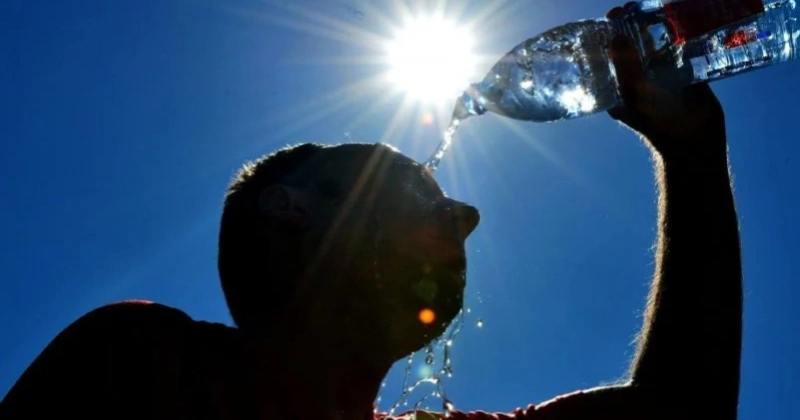- Prof Yunus Calls for People-Centered Democracy in Bangladesh |
- Record 676 Million Women Exposed to Deadly Conflicts |
- UN Renews Push for Global Elimination of Nuclear Arms |
- Don't leave healthcare to profit-driven actors: Prof Yunus |
- Key issues that Prof Yunus may raise in UNGA speech Friday |
September Heatwave Strikes Bangladesh Amid Global Warming

Photo: Collected
The Bangladesh Meteorological Department (BMD) on Friday reported a mild heatwave sweeping across parts of the country, including the Rangpur and Sylhet divisions.
“This heatwave may ease by Saturday,” said Hafizur Rahman, a meteorologist at the BMD.
A heatwave is recorded when the day’s maximum temperature reaches or exceeds 36°C over a large area. On Friday, Saidpur in Rangpur registered the country’s highest temperature at 37.5°C, while parts of Sylhet also experienced temperatures of 37°C or higher. Dhaka recorded a maximum of 34.4°C.
Heatwaves in September were rare just over a decade ago. The BMD report Changing Climate of Bangladesh shows that, before 2000, Sylhet was almost the only region to experience September heatwaves. Rajshahi recorded only one such event before 2010, while Rangpur has recorded at least a dozen September heatwaves—all occurring after 2010.
Heatwaves remain uncommon in Barishal and Chattogram divisions.
According to the BMD report, recent temperature observations reveal a clear climate signal: fewer cold outbreaks and more frequent heatwaves, particularly during the monsoon season.
The ongoing September heatwave, occurring amid one of Bangladesh’s strongest monsoons in recent years, serves as a stark reminder of the impacts of global warming.

